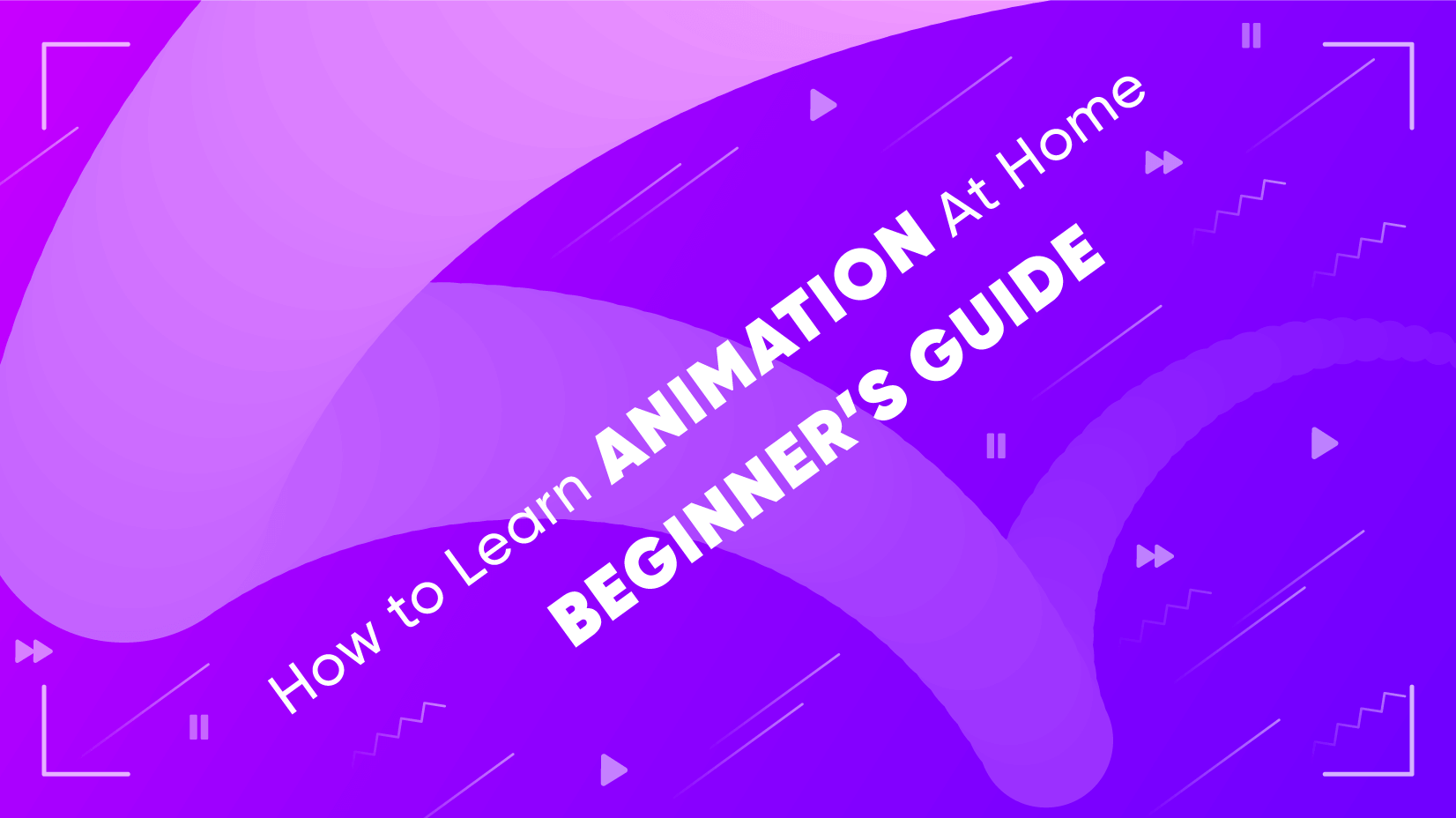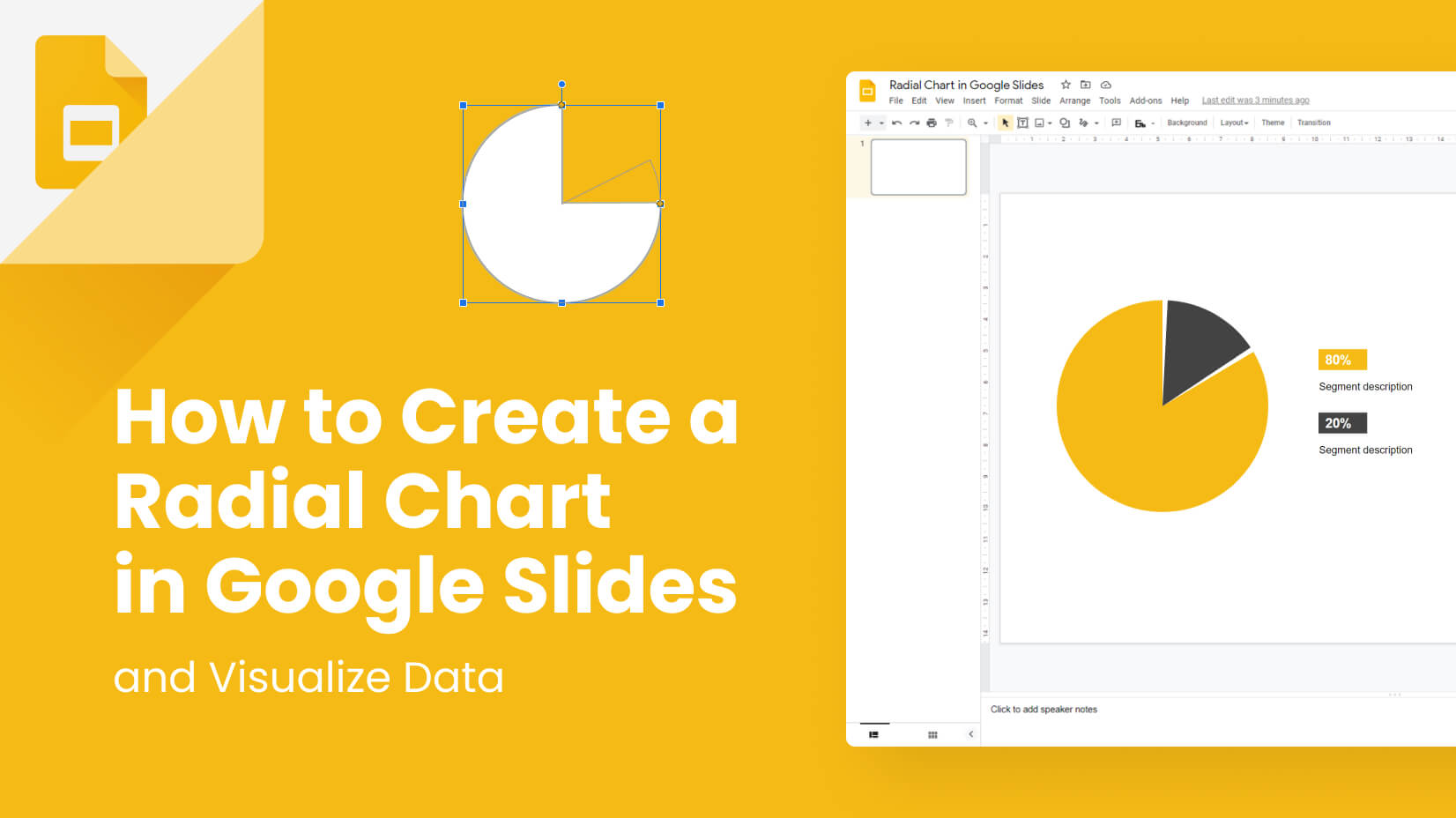
On the bright side of the current reality, it’s the perfect time to be productive and learn new skills. Why not try to learn animation? If this is something you’ve always been interested in and would like to try, it’s not necessary to do it the traditional way and study it at a university. In fact, you can do it online in the comfort of your home.
So, what are the options to become a self-taught animation designer? Let’s walk through the process together.
How to Learn Animation At Home: Article Overview
1. Online Courses Guide (with selected examples)
2. Software Tools for Beginners (with tutorials and resources)
1. Learning Animation Through Online Courses
In recent years, online courses had become a popular alternative to traditional learning with highly-produced libraries of lessons on many platforms. It’s no longer a matter of searching through YouTube video tutorials, hoping to find what you need.
Truth is, 4 or 5-year programs at school aren’t the only way for a person to achieve their goal and become a professional anymore. Especially in programming, art, and animation.
The Benefits of Online Courses
- More friendly to your budget: In comparison to traditional art schools, even the most expensive online courses that go for a few months program and a certificate, are much cheaper.
- No need for a degree: When it comes to the creative industry, the degree doesn’t mean anything next to skills. Even if you decide to make animation for a living. If your portfolio is good, you’ll get the job.
- You can test it first: It’s very frustrating to invest money and precious years of your life to study a certain specialty in a university only to find out it isn’t for you. Do you quit and start all over again or continue on the path because you have no other choice? Luckily, online courses and tutorials are like test drives. If you aren’t up to the task or decide that making animations isn’t something you enjoy, after all, you can always quit and find something else.
- You can customize your program: You take courses only for the programs and techniques you need without having to go through mandatory courses you’re not interested in.
- You make the schedule: If you’re already on a full-time job, you can take courses in your spare time during weekends.
It’s important to know what you’re looking for. This way you will quickly be able to decide if a class is right for you. There are a few things you will need to consider before signing up for an online course.
How to choose the right online course?
- Time commitment: How much time you are able to devote to an online course? Classes can range from half an hour to 20 hours a week for several months. Make sure to know how much time you can commit. This way you will be able to choose the right online course that will fit perfectly into your schedule.
- Skill level: Online courses also vary from classes for novices, beginners, pros, or experts. Naturally, if you already have the basic skills in animation, a class for novices would be a waste of time. Make sure to check if a specific course is adequate to your skill level.
- Interaction level: Some educators offer pre-recorded video sessions and little to no interaction with their students. Others may even offer real-time interaction with the student and feedback. Depending on the level of communication you need to have with your instructor, this is another way to sift out classes.
1.1. Skillshare
Skillshare is one of the top platforms for online courses for animation, design, illustrations, lifestyle, photography, creative writing, and business. The platform’s concept is to explore and find real projects to create and thousands of acclaimed creators who will share their knowledge with you.
We hand-picked some of the most recommended animation courses for beginners to give you the essence of what you can expect from the platform.
The Beginner’s Guide to Adobe After Effects
- Instructor: Jake Bartlett, Motion Designer
- Duration: 34 Lessons (5h 60m)
- Level: Beginner
- Note: Once you complete the course, you’ll be able to move to advanced After Effects courses with ease.
2D Animation For Beginners With Adobe Animate
- Instructor: Walt Wonderwolk, Digital Designer & Dev
- Duration: 12 Lessons (1h 14m)
- Level: Beginner
- Note: You can apply knowledge gained from this class to other animation suites like Adobe After Effects and Toon Boom.
The Art of Animation: How to Create Lifelike Movement
- Instructor: Emanuele Colombo, Animator & Motion Designer
- Duration: 9 Lessons (58m)
- Level: All Levels
- Note: The course aims to help you add character, personality, and lifelike movement to any animation
Adding Movement with Procreate & Photoshop
- Instructor: Libby VanderPloeg, Artist and Illustrator
- Duration: 11 Lessons (51m)
- Level: Beginner
- Note: The course teaches you how to create a sketch, use Procreate layers, activate your animation, and export your work.
1.2. Udemy
Another very popular platform is Udemy with 130K online video courses with new additions every month. The platform specializes in web development courses, marketing, and design, and also offers classes for animation, drawing, and personal development.
In the animation courses category, you will find classes for After effects, 2D and 3D animation, Blender, Maya, Motion graphics, and more. We included two examples of popular recommended courses from the platform.
12 Principles of Animation for Games in Maya
- Instructor: Justin Harrison, Character and Technical Animator
- Level: Beginner to Intermediate
- Note: The course covers the 12 basic principles of Animation, and how they apply to everyday objects and characters.
Learn 3D Animation – The Ultimate Blender Guide
- Instructor: Alex Cordebard, 3D Artist
- Level: Beginner
- Note: Learning the basics and more advanced aspects of 3D creation in Blender.
1.3. Other Online Courses
Let’s see some more examples of valuable online courses for 2D and 3D animation that you can find on the web. We’ve selected the ones with the highest engagement and social proof.
Complete Animation Course
In this comprehensive and complete course, master animator Aaron Blaise (“The Lion King”, “Beauty and the Beast”, “Mulan”) teaches you the fundamentals of animation and how to animate a scene. The principles of animation were originally pioneered by the original “9 Old Men” who worked directly under Walt Disney.
- Instructor: Aaron Blaise, Disney
- Level: Beginner, Intermediate
- Note: Learning the key principles of animation.
2D Animation for Beginners
This is a 6-weeks workshop online course for traditional 2D animation with a modern twist. The course explores the roots of traditional animation using modern digital tools, the principles of animation, and physical explorations of movement and emotion.
- Instructor: Jay Jackson
- Level: Beginner
- Note: Learning the key principles of traditional animation.
Coursera: Character Setup and Animation
Coursera is a platform with courses, certificates, and online degrees from world-class universities and companies. Offered by Unity, its most popular and recommended animation course is Character Setup and Animation, the 4th course in the Unity Certified 3D Artist Specialization.
- Instructor: Joy Horvath, Instructional Designer, Unity Technologies
- Level: Intermediate
- Note: The course is for people who are ready for their first paying roles as Unity 3D artists, or enthusiasts who would like to verify their skills against a professional standard.
- Certificate: Sharable Certificate upon completion
How to Create an Awesome Demo Video for Your Business
The aim of this course is to teach small businesses how to make explainer videos to communicate with their viewers. The course includes classes for scriptwriting, voice-over, promoting, animating, editing, and producing explainer videos from scratch.
- Instructor: Miguel Hernandez, top Udemy Instructor
- Level: Beginner, Intermediate
- Note: The course will teach you to promote and explain your services, increase conversion rates, and keep your information pages clutter-free.
1.4. Bloop Animation
As an honorable mention, Bloop Animation also offers specialized animation courses for specific software tools and specific skills. The platform is created by Morr, an animation filmmaker, and is a self-sustained business with over 15K enrolled students.
- Software: Complete video courses for Blender, Animate CC, After effects, Maya, Toon Boom Harmony, TVPaint, Moho, Character Animator, and Dragonflame for Stop-Motion.
- Skills: Animation foundations, Storyboarding, Graphic Novel making, Animated Movie creation, Stick Figure animation, Stop- Motion animation, and courses for teachers interested in teaching animation.
2. What Software to Start With?
Needless to say, if you’re a novice and you have just started learning animation and basic principles of 2D and 3D, you might want to put Maya aside for a little while. You can always get back to it later when you feel ready and have the basics. That is if you wish to animate in 3D, of course.
For more marketing and business-oriented 2D explainer videos, animated infographics, animating gifs for presentations, live-animation streaming, and others, these are the best tool for beginners.
2.1. Adobe Character Animator
As usual, when it comes to the easy creation and animating of characters, we will always recommend using puppets as the best way to start. It is software that uses your expressions and movements to animate characters in real-time.
With this tool, you can kick off your training by uploading pre-made puppets and enjoy them lipsyncing you and mimicking your facial expressions. Most pre-made puppets offer key triggers for walking and running, while more advanced characters have special actions. These will get you a perfect idea of what the software can achieve, so you can start crafting your own custom puppets in Photoshop and Illustrator and import them into Character Animator.
Since the software does most of the animation for you thanks to the synchronization via microphone and camera, you can start making videos quickly.
- Best For: Custom character animation, Real-Time Streaming
- Pricing: The software is a part of Adobe Creative Cloud for $52.99/month | Free trial
You can also check out 30 examples of what can you do with puppets.
Tutorials:
2.2. Adobe After Effects
The logical solution for animating videos. This is the simplest yet efficient tool for creating title intros, and transitions, removing objects from a clip, and animating your infographics and logos. It’s also the most popular choice for making explanation videos or adding effects to an existing video.
- Best For: Cinematic movie titles, intros, and transitions, animating infographics and logos
- Pricing: The software is a part of Adobe Creative Cloud for $20.99/month ||| Free trial
As a part of the Adobe Creative Cloud, the software plays well with Premiere Pro, Photoshop, and Illustrator. Amongst the latest features from the latest releases, are Constrained shapes, Scene Edit Detection, Media Replacement in Motion Graphics templates and Essential Properties, Real-Time 3D Draft Preview, 3D Ground Plane, and more.
Tutorials:
2.3. Blender
And the third-best tool for beginners is the free open-source 3D creation suite for modeling, rigging, rendering, and animation, as well as a 2D pipeline. What makes Blender preferred by many creators is the fact that the software comes with a lot of features that many professional tools lack. For example, Blender supports the sculpting tool, while other software solutions only include it as a separately sold feature.
- Best For: 3D modeling, movement, and game making
- Pricing: Free and Open-Source
Final Words
Getting to learn animation in the comfort of your home surely has its advantages. You can learn new skills while working your current job, fit the lessons into your schedule, choose what education path to take, and enjoy the amount of money you’ve saved in comparison to a traditional school program. The combination of self-teaching, researching techniques, watching tutorials, and completing online courses can help you start creating your own videos and even become a professional animator for a living.
If you’re feeling up to learning new things, why not check out these articles for more insights:


































